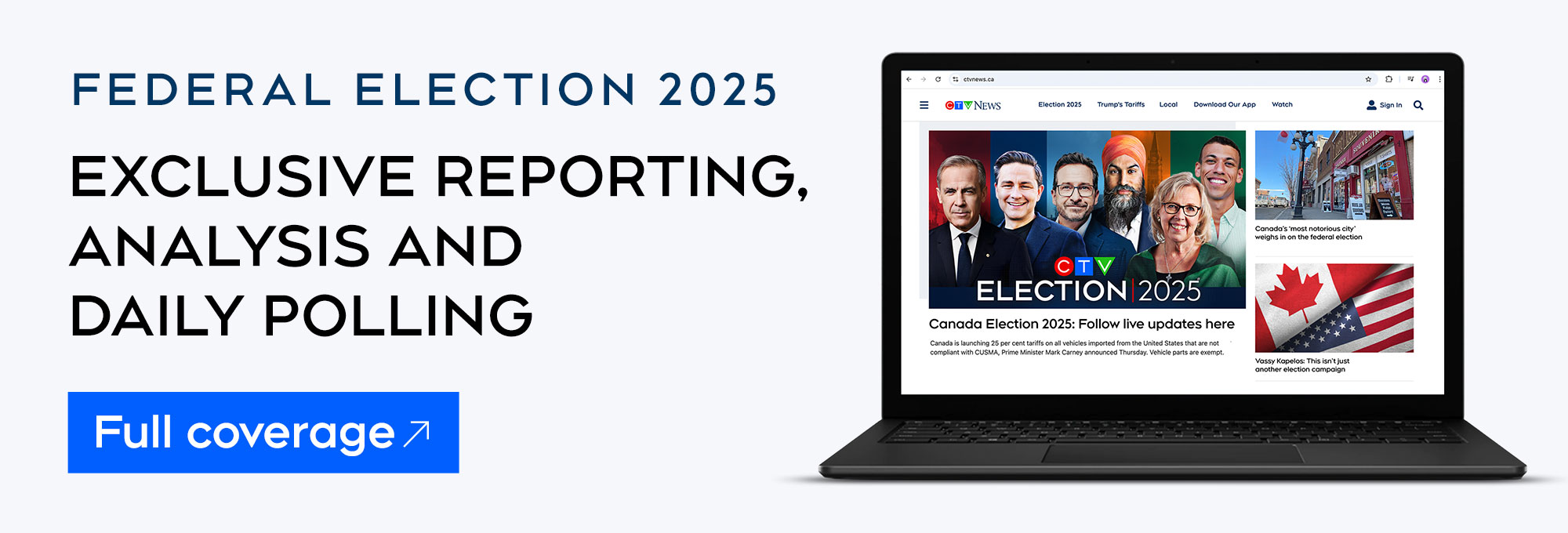Not long ago, the 2025 election seemed like Pierre Poilievre’s to lose.
That’s made the rapid ascension of Mark Carney’s Liberals in public approval polling a source of some frustration across the Conservative-leaning Prairies – and for the first time in years, the notion of Western separation appears to be gaining significant traction in both Alberta and Saskatchewan.
But how likely is Canada to see an actual secession movement, should the Liberals form another government?
In a recent op-ed for the Globe & Mail, Preston Manning, former opposition leader under the Reform Party, argued a vote for Carney is a “vote for the breakup of Canada as we know it.”
Political science professor John Soroski, of Edmonton’s MacEwan University, disagrees, suggesting would-be separatists should not hold their breath.
“That’s kind of an imaginary, utopian, optimistic vision,” Soroski said Wednesday, in an interview with CTV’s Your Morning. “I don’t think the numbers are there.”
What’s required for secession?
A survey released by the Angus Reid Institute last weekend found 33 per cent of Saskatchewan residents and 30 per cent of Alberta residents would vote in favour of separation, whether to form their own country or join the United States.
The vast majority of respondents said they would rather remain Canadian, however – a major hurdle for separatists under the secession roadmap set out in the Clarity Act.
That legislation, adopted after Quebec’s failed 1995 separation referendum, requires that a “clear majority” of a province’s residents vote to secede. Only then could the complex negotiations required to disentangle from the federal government even begin.
Lacking majority support doesn’t mean those growing sentiments won’t cause friction for a potential Carney government, however.
“What you’re likely to see is not the departure of Alberta and Saskatchewan from Confederation, but, you know, often quite vigorous and hostile intergovernmental conflict,” said Soroski.
What’s driving separatist frustration?
The Prairie provinces have a long history of flirting with separatism dating back decades, with notable support during the early 1980s while Pierre Trudeau was prime minister.
“We see the ideas around Western separatism ebb and flow with discontent with the national government,” Soroski said. “It’s at a high now.”
The political scientist said current frustrations largely stem from perceptions that Ottawa has had a “very poor track record” when it comes to local priorities, such as embracing pipelines and other energy infrastructure.
While Carney has promised to change course, vowing to make Canada a global “energy superpower,” Soroski said it might be too little, too late for voters in Alberta and Saskatchewan who feel the federal government isn’t responsive enough to their concerns.
“Those are things that could have occurred 10 years ago but did not,” he said.
“There’s always the argument, of course, that the two provinces make up about 18 per cent of the Canadian population – so, you know, it’s reasonable to suggest you’re often not going to get your way, given that we’re a democracy.”
Intergovernmental relations already prickly
Existing frustrations already led Alberta Premier Danielle Smith to introduce the Alberta Sovereignty Act back in 2022. More recently, she issued a list of six demands to Carney that she argued were necessary to avoid a “national unity crisis.”
And those frosty intergovernmental relations haven’t improved over the course of the campaign.
Carney ruffled feathers last weekend poking fun at Smith during a stop in B.C., and she responded by accusing the Liberal leader of fearing “strong Conservative women.”
When asked about Manning’s op-ed, Carney dismissed the warning as “dramatic” – something Soroski argued was a fair shot.
“I think there’s probably some truth to that,” he said.






